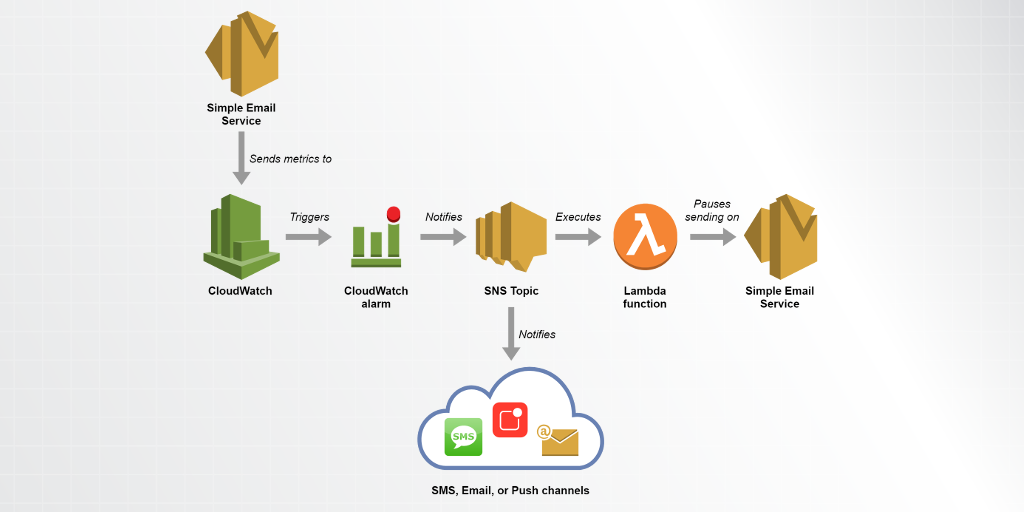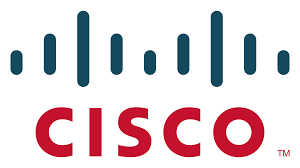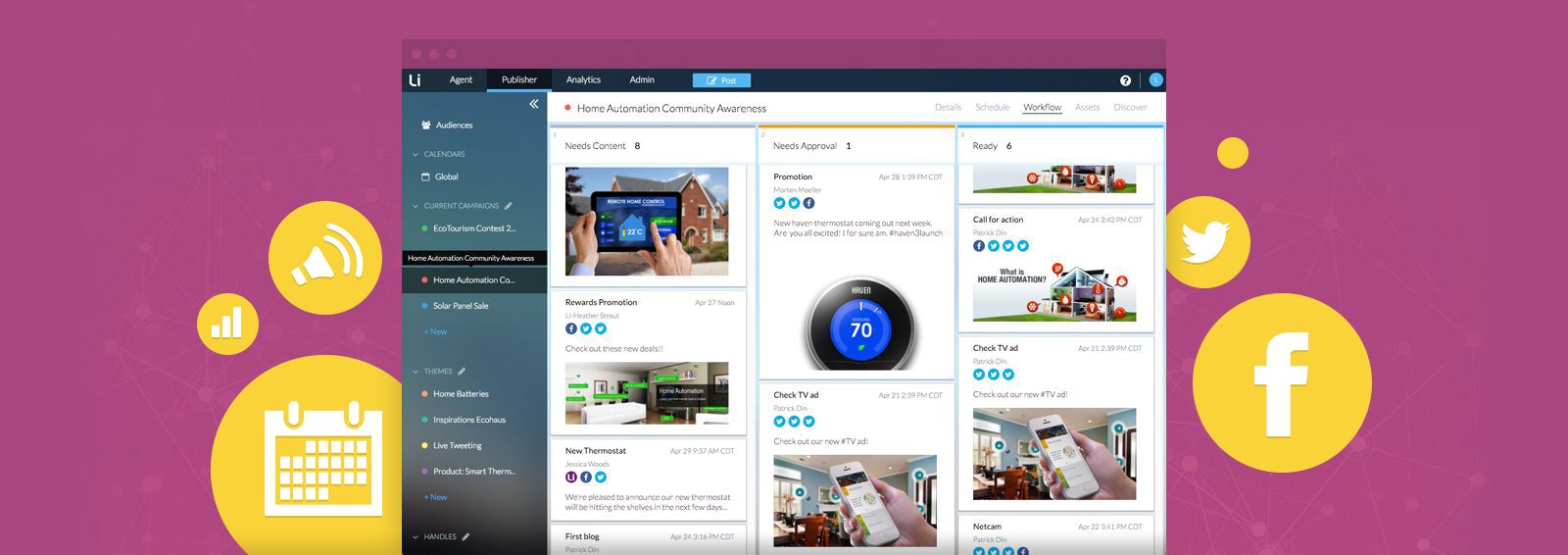
Problems that solves
No unified address book
Failure to attract new customers
Customer attrition
Low quality of customer support
Values
Improve Customer Service
Enhance Staff Productivity
Reduce Costs
Increase Customer Base
Amazon Simple Email Service
Amazon Simple Email Service - Powerful, and highly-scalable email sending and receiving platform for businesses and developers. Integrates with your applications and with other AWS products.
About Product
Description
Amazon Simple Email Service (Amazon SES) is a cloud-based email sending service designed to help digital marketers and application developers send marketing, notification, and transactional emails. It is a reliable, cost-effective service for businesses of all sizes that use email to keep in contact with their customers. You can use our SMTP interface or one of the AWS SDKs to integrate Amazon SES directly into your existing applications. You can also integrate the email sending capabilities of Amazon SES into the software you already use, such as ticketing systems and email clients.
High Deliverability
Content filtering technologies, dedicated IP addresses, and a reputation dashboard help protect and enhance your sender reputation. Maintaining a good reputation ensures that your messages reach your customers' inboxes.
Cost-Effective
Pay as you go, and pay only for what you use. There are no upfront fees, no time-consuming pricing negotiations, no fixed expenses, and no minimum charges. And, if you send from an application hosted in Amazon EC2, the first 62,000 emails you send every month are free.
Configurable
Use configuration sets to create rules that are applied to the emails you send using Amazon SES. Send email metrics to Amazon CloudWatch for further analysis, or receive notifications through Amazon SNS.
Reliable
Amazon SES runs on the highly reliable Amazon Web Services infrastructure. Multiple datacenters and redundant systems ensure the highest levels of availability.
Amazon SES Product Details
Building a large-scale email solution can be a complex and costly challenge for a business: you have to build your infrastructure, configure your network, warm up your IP addresses and protect your sender reputation. Many third-party email solutions require contract negotiations and significant up-front costs. Amazon SES eliminates these challenges, allowing you to start sending email in minutes. You benefit from the years of experience and the sophisticated email infrastructure Amazon.com built to serve its own large-scale customer base.
Key Features
High Deliverability
The deliverability of your email—that is, the likelihood that the email you send will arrive in your recipients' inboxes—is based on the reputation of the IP addresses that the email is sent from. Reputation is determined largely by historical trends; if an address has a history of sending low-quality content, it will have a poor reputation. Amazon SES maintains a strong reputation among mailbox providers by actively filtering spam and malicious content.
Content Personalization
Generic, one-size-fits-all emails tend to have lower engagement rates than those that are personalized. With Amazon SES, you can create email templates that contain replacement tags for content personalization. When you send an email, you specify a template and the values of the replacement tags for each recipient. Amazon SES automatically removes the replacement tags from your messages and replaces them with the unique values you specified. Your customers receive highly-personalized messages that they are more likely to engage with.
Authentication
When an internet service provider (ISP) receives an email, they check to see if it is authenticated before attempting to deliver it to the recipient. Authentication demonstrates to the ISP that you own the email address you are sending from. Amazon SES supports all industry-standard authentication mechanisms, including DomainKeys Identified Mail (DKIM), Sender Policy Framework (SPF), and Domain-based Message Authentication, Reporting and Conformance (DMARC). For more information about authentication, see Authenticating Your Email in Amazon SES in the Amazon SES Developer Guide.
Dedicated IP Addresses
By default, Amazon SES sends email from IP addresses that are shared with other Amazon SES customers. Shared addresses are a great option for many users: they are included in the base Amazon SES pricing, and their reputations are carefully monitored to ensure high deliverability. Amazon SES customers who send large volumes of email can lease dedicated IP addresses reserved for their exclusive use. When you send email using dedicated IP addresses, the sender reputation of these addresses is based solely on your email sending practices. If you have leased several dedicated IP addresses to use with your Amazon SES account, you can use the dedicated IP pools feature to create groups (pools) of those IP addresses. You can then associate each pool with a configuration set; when you send emails using that configuration set, those emails will only be sent from the IP addresses in the associated pool. See the Amazon SES Developer Guide to learn more about requesting dedicated IPs and creating dedicated IP pools.
Monitoring
Amazon SES provides several methods of monitoring your email sending activity, helping you fine-tune your email sending strategy. Amazon SES can capture information about the entire email response funnel, including the numbers of sends, deliveries, opens, clicks, bounces, complaints, and rejections. This data can be stored in an Amazon S3 bucket or an Amazon Redshift database, sent to Amazon SNS for real-time notifications, or analyzed using Amazon Kinesis Analytics. To learn about monitoring methods for Amazon SES, see Monitoring Your Amazon SES Sending Activity in the Amazon SES Developer Guide.
Sender Reputation Management
Amazon SES includes a reputation dashboard that you can use to track issues that could impact the delivery of your emails. This dashboard tracks the overall bounce and complaint rates for your account, and can inform you when other deliverability-impacting events occur, such as spamtrap hits, references to blocklisted domains in your emails, and reports from reputable anti-spam organizations. The bounce and complaint metrics from this dashboard are automatically published to Amazon CloudWatch. You can use CloudWatch to create alarms that notify you when your bounce or complaint rates reach certain thresholds. With this information, you can take immediate action on issues that could impact your sender reputation. To learn more about the Amazon SES reputation dashboard, see Monitoring Your Sender Reputation in the Amazon SES Developer Guide.
Flexible Email Receiving
When you use Amazon SES to receive incoming emails, you have complete control over which emails you accept, and what to do with them after you receive them. You can accept or reject mail based on the email address, IP address, or domain of the sender. Once Amazon SES has accepted the email, you can store it in an Amazon S3 bucket, execute custom code using an AWS Lambda function, or publish notifications to Amazon SNS For more information about receiving email with Amazon SES, see Receiving Email in the Amazon SES Developer Guide. To get started now, see Set up an Email Receiving Pipeline in the AWS Getting Started Resource Center.
Multiple Email Sending Interfaces
Amazon SES offers several methods of sending email, including the Amazon SES console, the Simple Mail Transfer Protocol (SMTP) interface, and the Amazon SES API. You can access the API using the AWS Command Line Interface (AWS CLI), or by using an AWS Software Development Kit (SDK). To get started sending email, see Getting Started in the Amazon SES Developer Guide or the 10-Minute Email Sending Tutorial in the AWS Getting Started Resource Center.
Mailbox Simulator
The Amazon SES mailbox simulator makes it easy to test how your application handles certain scenarios, such as bounces or complaints, without impacting your sender reputation. Using the mailbox simulator is as easy as sending a test email to a specific address. You can use the mailbox simulator to simulate successful deliveries, hard bounces, out-of-office responses or complaints. For more information about the mailbox simulator, see Testing Email Sending in the Amazon SES Developer Guide.
AWS Integration
Amazon SES integrates seamlessly with other AWS services, including Amazon EC2, AWS Elastic Beanstalk, Amazon SNS, Amazon Route 53, AWS IAM, Amazon S3, AWS Lambda, AWS KMS, Amazon CloudWatch, AWS CloudTrail, Amazon Kinesis Firehose, Amazon Elasticsearch Service, Amazon Redshift, and Amazon WorkMail. For information about how Amazon SES works with other AWS services, see Amazon SES and other AWS services in the Amazon SES Developer Guide.
Scheme of work

Competitive products
User features
Roles of Interested Employees
Chief Information Officer
Organizational Features
Internet access is available for employees
GDPR Compliance

















